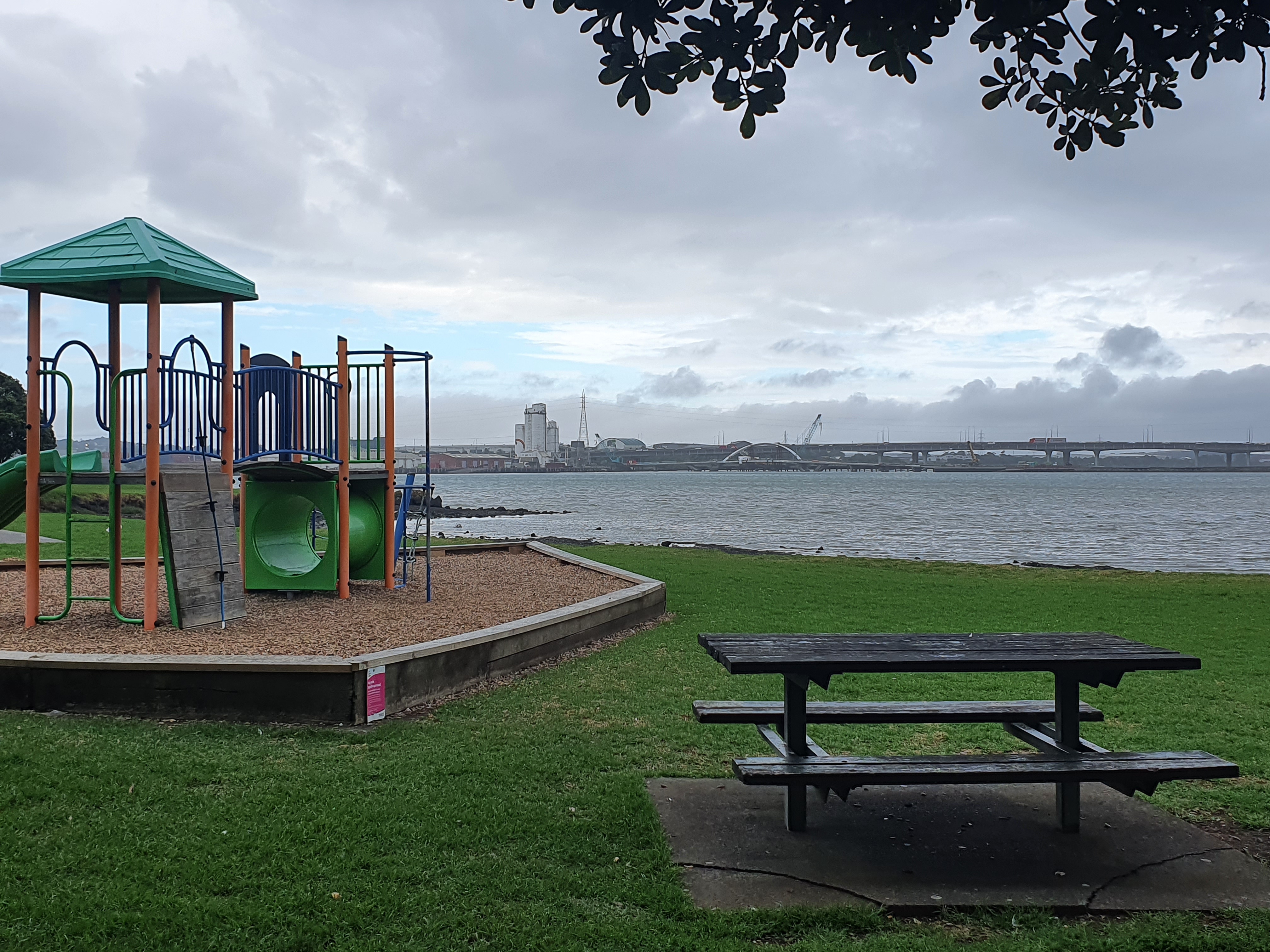Attachments
Note: Not all attachments are visible to the general public. Research URLs will go live after the embargo ends.

Journal/
conference: New Zealand Population Review
conference: New Zealand Population Review
Organisation/s:
University of Otago, University of Canterbury, University of Auckland
Funder:
This work is funded by A Better Start/Cure Kids 2021 research grant [Reference: Bowden 2021MRP-006]. The lead author is funded by Health Research Council [20/115, 20/116, 23/381/A].



 New Zealand; Pacific
New Zealand; Pacific


